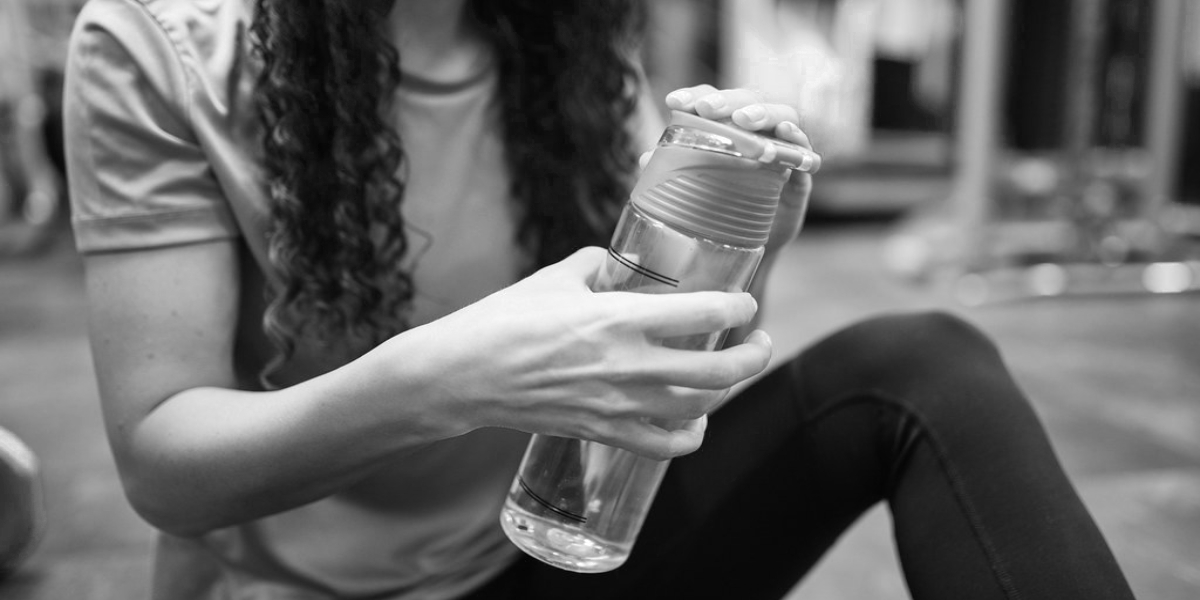Make sure that you wash your reusable water bottles at least once a day, and sanitise it every week.

Reusable water bottles are 14 times dirtier than a pet bowl that’s slobbered on every day and five times a computer mouse’s high-touch surface. (Creative commons)
A US-based study found that reusable water bottles can shelter up to 40,000 times more bacteria than the average toilet seat.
The research by WaterFilterGuru.com — a website dedicated to helping people find information, products, and solutions to address water quality needs — finds that reusable water bottles have an average 20.8 million Colony Forming Units (CFUs).
CFU measures the number of viable bacteria or fungal cells present in a sample, such as a food sample, water sample, or swab from any surface.
The CFU count is obtained by culturing the sample in a nutrient medium that provides optimal conditions for the growth of the microorganisms.
Each colony that grows on the plate is considered to have originated from a single viable cell, and is counted as one CFU.
For the study, the researcher swabbed different parts of water bottles three times each, and they found two types of bacteria present — gram-negative rods and bacillus.
Gram-negative bacteria can cause infections that are becoming increasingly resistant to antibiotics, while certain types of bacillus can lead to gastrointestinal issues.
CFUs estimate how many living microbes are in a sample. “By our count, reusable water bottles have an average of 20.8 million CFUs of bacteria,” the researchers said.
The faucet they tested had 30 million CFUs of gram-negative rods — the same as the water bottles with spouts or screw-top lids. Squeeze-top bottles were the cleanest, having only a 10th of that amount of bacteria (three million CFUs).
“It is not surprising that millions of bacteria are available on the surface of the water bottle. People see the clean surface of the bottle and think it’s clean — it’s not. Bacteria from the mouth and hands can contaminate the bottle’s surface and can grow and multiply if left in a moist environment,” Dr Dilip Gude, senior consultant physician at Yashoda Hospitals in Hyderabad, told South First.
However, he added that all these bacteria not harmful.
“Some 70-80 percent of these bacteria are not harmful and many of them do not cause any diseases; they are just there. Like in our stomach, there are millions of bacteria, many of which help in digestion and do not cause any harm. Similarly, not every bacteria causes harm to us,” said Dr Gude.
According to the researchers, kitchen sinks are known to be one of the most germ-filled spots in a home, and reusable water bottles were about twice as germy.
They were even 14 times dirtier than a pet bowl that’s slobbered on every day and five times a computer mouse’s high-touch surface.
“More surprisingly, the average reusable water bottle was 40,000 times dirtier than a toilet seat,” said WaterFilterGuru.com in a statement.
According to the researchers, moist environments are breeding grounds for germs. That’s why washing a reusable water bottle you drink from every day should be part of your daily routine.
In the US, the respondents of the study preferred containers made from stainless steel (44 percent) and with screw-top lids for leakproof portability (39 percent).
Also, more than 60 percent of the respondents said they clean their water bottles once or more everyday. One-quarter of Americans wash their water bottles just a few times a week, while over 10 percent only clean them a few times a month.
“The same vessel that brings healthy hydration to your daily routine could make you sick if not cared for properly. If you’ve been feeling unwell, check in with your water bottle cleaning habits to see if bacteria and mold might be the culprit. Experts recommend washing your water bottle once a day and sanitizing it at least once a week, more often if you’ve been sick, drinking while eating, or filling it with something other than water — especially if it has sugar,” reads the WaterFilterGuru.com statement.
“You also need to be mindful of the water you’re putting into your reusable bottle. It might look clean, but inadequately treated water or contaminated pipes can decrease the safety of your drinking water,” said Dr Gude.
To keep your water safe from bacteria in a bottle, here are some tips:

Apr 26, 2024

Apr 25, 2024

Apr 24, 2024

Apr 24, 2024

Apr 23, 2024

Apr 23, 2024